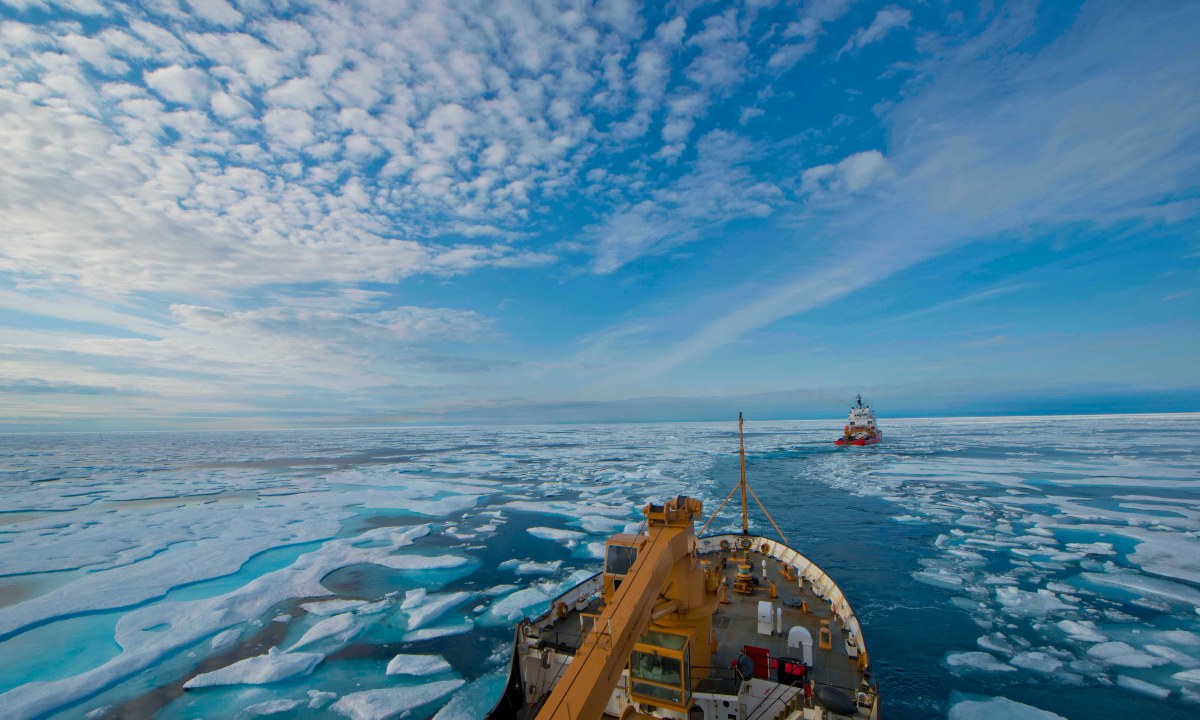daftandbarmy
Army.ca Fossil
- Reaction score
- 43,150
- Points
- 1,160
View attachment 65513
There's your routes, basically two. The northern deep water route and the "traditional" route along the continent. You can change them up by going through different channels west of Resolute but that's really just ice dependant. The northern route has a better chance of multi year ice as you approach the Beaufort Sea. The southern route runs into ice packed up in dams and sheets in the narrow channels near places like Cambridge Bay, even with warmer water because of wind and storms.
The southern route would be suicide for a submarine. The ice regularly scrapes the bottom. The northern route is deeper which might work. However if you are going to the north pole you don't go through the passage. You either go straight shot from the Beaufort Sea or you go straigh shot from Baffin Bay. You don't risk the packed up ice and shoals in the badly sounded Canadian Arctic Archepelago if you can avoid it in a submarine.
I don't consider the Beaufort or Baffin Bay as part of the NWP, perhaps the entrances/exits to it.
And as for bases, Resolute is an Army facility IIRC and just east of it on Baffin Island, along the Eastern entrace to the NWP is Nanisivik, the new refueling station for the RCN and Coast Guard.
I'm guessing it's badly sounded because we don't invest in that kind if thing?








